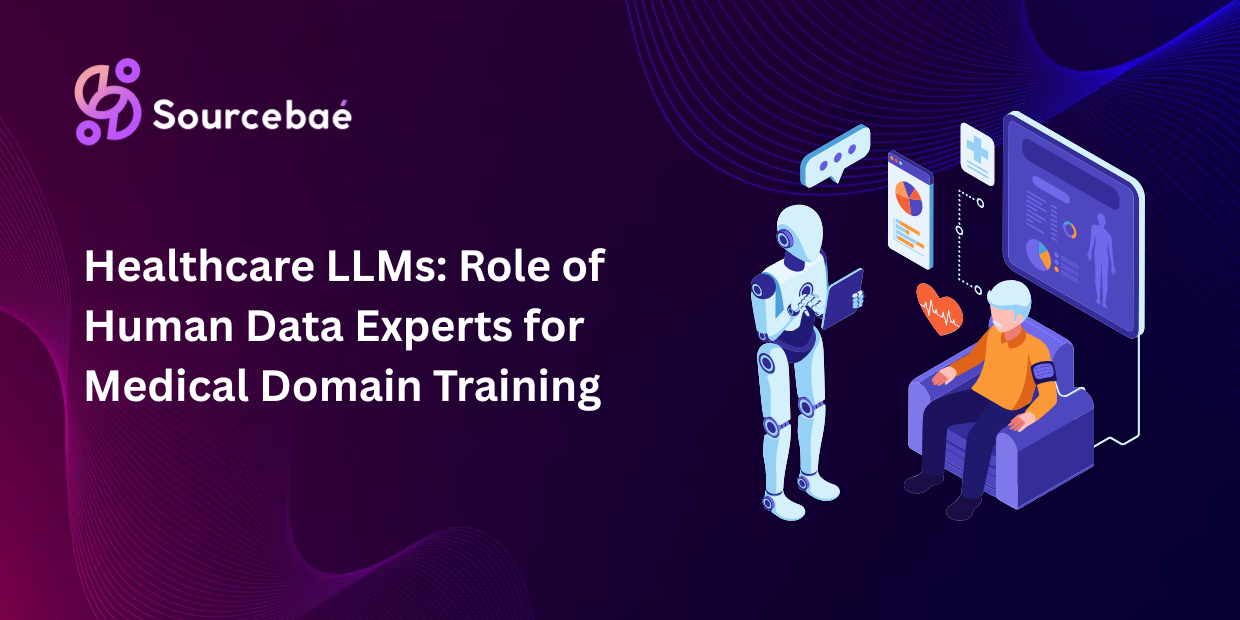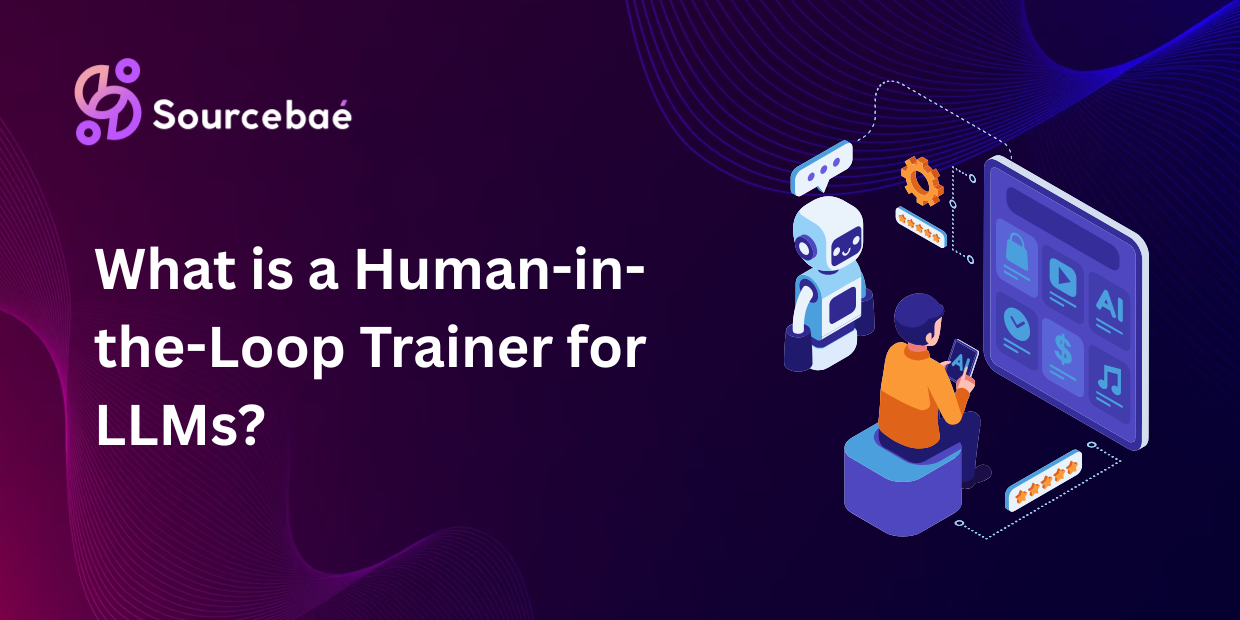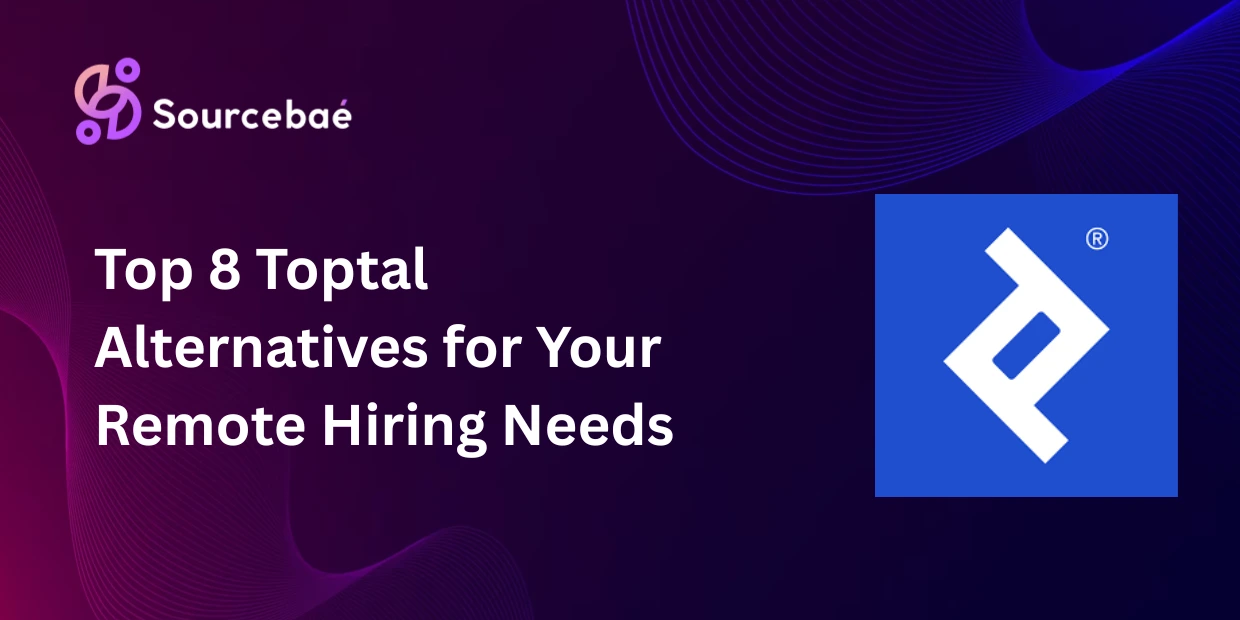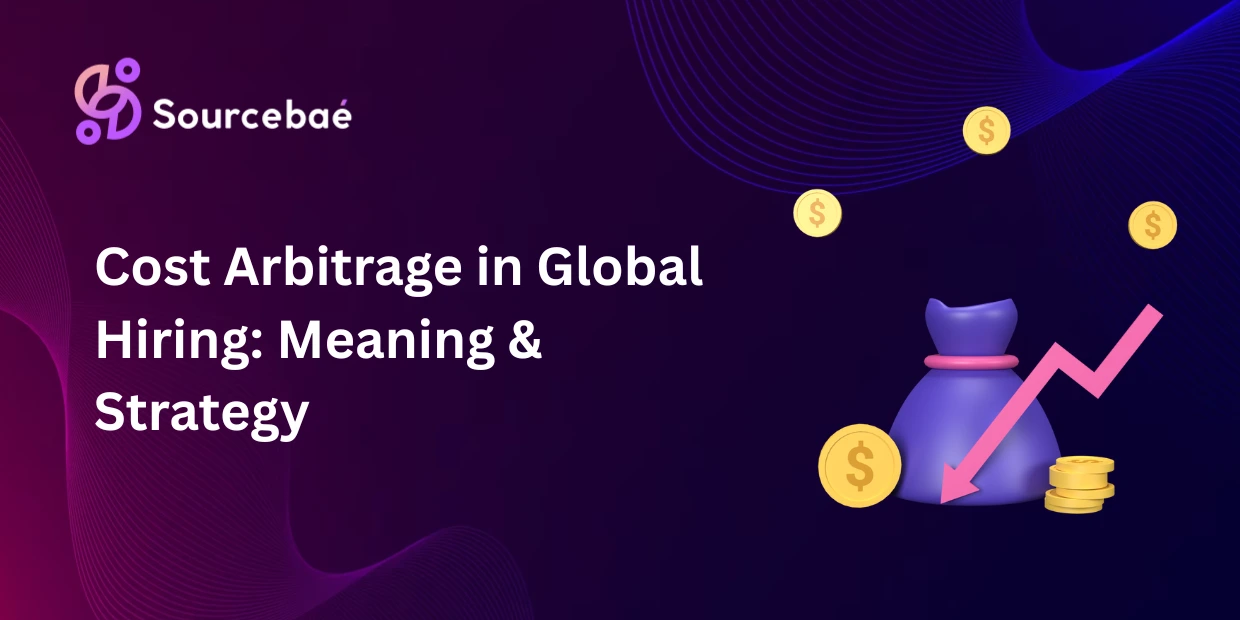The next big shift in healthcare will not come from hospitals or insurance companies.
It will come from healthcare LLMs, medical LLMs, and powerful healthcare AI models that can read clinical notes, summarize research, and assist doctors in making decisions.
But there is a hard truth:
Medical AI is only as safe as the humans who train it.
Behind every safe and reliable medical large language model is an ecosystem of human data experts, AI trainers, and AI model trainers who shape how these models think, respond, and behave in clinical settings.
This blog explains:
- What healthcare LLMs actually are
- Why medical domain training AI is different from normal AI training
- The exact role of human data experts in healthcare
- How human-in-the-loop healthcare AI keeps patients safe
- Practical frameworks and best practices for teams building such systems
What Are Healthcare LLMs and Medical LLMs?
Large language models (LLMs) are AI systems trained on huge amounts of text to understand and generate human language. When these models are trained, adapted, or fine-tuned specifically for clinical and biomedical use, they become:
- Healthcare LLMs – LLMs customized for healthcare use cases
- Medical LLMs – models oriented around diagnosis, treatment, clinical workflows
- Medical large language models – often multimodal, handling text, labs, images, and structured data
Recent research shows that domain-specific LLMs are increasingly used in clinical decision support, documentation, clinical trials, and patient communication.ScienceDirect+1
These healthcare AI models are typically trained or adapted on:
- Clinical notes and EHR excerpts
- Medical textbooks and guidelines
- Research papers and trial registries
- Drug databases, lab references, and coding standards
However, this doesn’t mean they are automatically safe or accurate.
Raw data ≠ clinical wisdom. That “wisdom” is exactly what human data experts and AI trainers inject into the system.
Why Medical Domain Training AI Is Different (and Risky)
Training medical domain AI is not like training a generic chatbot.
Healthcare has unique constraints:
- High risk
A wrong suggestion can cause misdiagnosis, delayed treatment, or harm. - Complex terminology and abbreviations
Medical language is dense, context-heavy, and often ambiguous. - Regulation and accountability
AI in medicine must align with safety, privacy, and fairness requirements outlined in emerging frameworks, benchmarks, and regulatory discussions.arXiv+1 - Bias and disparity
Studies show that LLM-based medical tools can underplay or misinterpret symptoms for women and minority patients, reinforcing existing disparities.Financial Times - Hallucinations
Even advanced LLMs still hallucinate – confidently generate incorrect medical facts. Several evaluations show a persistent “safety gap” between LLMs and human physicians.arXiv+1
Because of all this, medical LLMs cannot be built as fully autonomous systems. They need human-in-the-loop healthcare AI from day one.
Who Are Human Data Experts, AI Trainers, and AI Model Trainers?
To properly train healthcare LLMs, three human roles become critical:
3.1 Human Data Experts in Healthcare
A human data expert is a specialist who understands both:
- The domain (medicine, clinical workflows, terminology)
- The data (text, annotations, structures used for AI training)
Human data experts in healthcare typically:
- Curate and clean datasets
- Remove low-quality, misleading, or outdated medical content
- Map concepts to medical ontologies (ICD, SNOMED CT, LOINC, etc.)
- Label data for diagnosis, symptoms, risk factors, and outcomes
- Ensure privacy protections and de-identification rules are respected
They translate messy medical reality into structured, learnable signals for the AI.
3.2 AI Trainers for Medical AI
An AI trainer focuses on how the model behaves in real conversations and workflows.
AI trainers:
- Design prompts, scenarios, and synthetic patient cases
- Teach the model to ask follow-up questions instead of guessing
- Guide how the LLM handles incomplete, noisy, or conflicting data
- Work with clinicians to encode clinical reasoning patterns
An AI trainer for medical AI might:
- Feed the model thousands of “patient complaint → reasoning → conclusion” examples
- Mark which model outputs are medically unsafe, vague, or incomplete
- Reinforce best practices like red-flag checking or when to escalate to a human doctor
3.3 AI Model Trainers (Alignment & Safety Specialists)
An AI model trainer typically operates at the model level:
- Fine-tuning the LLM with reinforcement learning from human feedback (RLHF)
- Setting policies for what the model must never output
- Injecting system-level rules: “Do not provide diagnosis. Encourage seeing a doctor.”
- Aligning responses with ethical, legal, and institutional guidelines
When you see a healthcare AI model that refuses risky instructions, includes disclaimers, and redirects patients to emergency care when needed – that’s not a coincidence.
It’s the result of careful work by AI model trainers and human data experts.
The Human-in-the-Loop Healthcare AI Lifecycle
Let’s break down how human-in-the-loop healthcare AI works across the full model lifecycle.
4.1 Data Strategy and Curation
Goal: Build a safe, representative dataset for medical domain training AI.
Human data expert tasks:
- Identify data sources (EHRs, guidelines, research, protocols)
- Filter out low-quality or misleading content
- Prioritize up-to-date clinical standards
- Ensure geographic, demographic, and specialty diversity
Why it matters:
AI in healthcare training that relies only on generic web data will inherit web-scale bias, misinformation, and noise. Expert curation drastically reduces this risk.PMC+1
4.2 Annotation and Structuring by Human Data Experts
Goal: Make the data understandable and useful for the model.
Human data experts in healthcare:
- Label entities: diseases, drugs, allergies, procedures, tests
- Annotate relationships: symptom → condition, drug → interaction
- Tag risk levels: emergency, urgent, routine
- Organize cases by specialties (cardiology, oncology, psychiatry, pediatrics, etc.)
For example, an emergency triage dataset may include labels like:
- Chest pain + shortness of breath → high-priority flag
- Sudden weakness + speech difficulty → stroke warning
This annotation is what allows healthcare LLMs to connect patient narratives to clinical priorities.
4.3 Scenario Design by AI Trainers
Goal: Teach medical LLMs to behave like responsible assistants, not overconfident oracles.
AI trainers:
- Build realistic patient conversations
- Introduce ambiguity (“I feel dizzy and tired – what could this be?”)
- Force the model to ask clarifying questions
- Show how clinicians think in “if–then–else” patterns
Examples of AI trainer work:
- Training the model to say: “I cannot diagnose you, but based on what you’ve shared, these symptoms can sometimes be serious. Please seek urgent care or talk to a physician.”
- Teaching the model when to stop and escalate instead of guessing.
This step is crucial for human-in-the-loop healthcare AI because it yields behavior that supports, not replaces, clinicians.
4.4 Alignment, Safety, and Guardrails by AI Model Trainers
Goal: Embed safety constraints into the model itself.
AI model trainers:
- Define what the model must avoid:
- Personalized treatment plans
- Off-label drug suggestions
- Prescriptive instructions without clinician involvement
- Evaluate the LLM against safety benchmarks and scenario-based testsarXiv+1
- Refine the model when it hallucinates or oversteps
Some frameworks for trustworthy medical AI emphasize principles like truthfulness, fairness, robustness, resilience, and privacy, along with rigorous evaluations.arXiv+1
Here, human data experts, AI trainers, and AI model trainers all work together.
4.5 Clinician-in-the-Loop Evaluation
Even after technical training, healthcare AI models must be stress-tested by clinicians:
- Doctors and nurses review outputs on realistic cases
- Compare LLM recommendations with guidelines and evidence
- Flag unsafe or misleading outputs
- Provide detailed corrections
Several recent studies show that human–AI collectives (doctors + LLMs together) often outperform either humans or models alone in differential diagnosis, when systems are designed properly.arXiv+1
This is the essence of human-in-the-loop healthcare AI: AI does not replace clinical judgment, it augments it.
4.6 Post-Deployment Monitoring and Feedback Loops
Once deployed, AI in healthcare training is never “finished”.
Human data experts and AI trainers:
- Track recurring model mistakes
- Log near misses and unsafe responses caught by clinicians
- Incorporate this feedback into future training cycles
- Adapt the LLM to new guidelines or emerging diseases
Done well, this creates a continuous learning loop where the AI becomes gradually safer and more useful over time.
Key Use Cases Where Human Data Experts Are Critical
Let’s get specific. Here are use cases where human data experts in healthcare and AI trainers make a huge difference.
5.1 Clinical Decision Support
Healthcare LLMs assist clinicians by:
- Summarizing patient histories
- Listing possible differential diagnoses
- Suggesting guideline-referenced next steps
Human data experts ensure:
- The system recognizes red flags (stroke, heart attack, sepsis, suicidal ideation)
- Suggestions are aligned with respected guidelines
- Rare diseases and edge cases are not ignored
5.2 Patient-Facing Medical Chatbots
Medical LLMs are used in:
- Hospital websites
- Health insurance portals
- Telehealth pre-screening tools
Here, AI trainers for medical AI:
- Teach the model to respond with empathy
- Avoid giving hard diagnoses or prescriptions
- Encourage patients to seek emergency help when needed
- Use layperson-friendly language without losing accuracy
Human-in-the-loop healthcare AI is vital here because patient conversations are unpredictable and emotionally sensitive
5.3 Clinical Documentation and Coding
Healthcare AI models can:
- Summarize doctor–patient conversations
- Generate structured discharge summaries
- Suggest diagnosis and procedure codes
Human data experts:
- Validate the accuracy of mappings from free text to medical codes
- Ensure compliance with billing and audit standards
- Catch subtle mistakes that could lead to claim denials or fraud flags
5.4 Research, Clinical Trials, and Evidence Synthesis
Recent work shows LLMs can assist in clinical trial design, patient recruitment, and literature analysis.BioMed Central+1
Human data experts in healthcare:
- Define inclusion/exclusion criteria with precision
- Tag trial outcomes and endpoints
- Validate extracted evidence and risk assessments
This maintains scientific integrity while leveraging AI speed.
Framework: How to Design Human-in-the-Loop Healthcare AI
If you’re building or evaluating healthcare LLMs, here’s a practical framework:
6.1 Define Clear Risk Boundaries
- What decisions must always be made by a human clinician?
- Where can medical LLMs assist but not decide?
- Which use cases are off-limits? (Self-treatment, emergency triage without oversight, etc.)
6.2 Build a Cross-Functional HITL Team
Include:
- Human data experts (data + domain)
- AI trainers (behavior + prompts)
- AI model trainers (alignment + safety)
- Clinicians (domain judgment)
- Compliance and privacy experts
6.3 Implement Tiered Oversight
Use layered supervision:
- Tier 1: AI suggestions
- Tier 2: Human review (doctor, nurse, specialist)
- Tier 3: Escalation for ambiguous or high-risk cases
Emerging research on hierarchical multi-agent oversight in healthcare suggests layered systems are safer than single-agent AI.arXiv
6.4 Measure Safety, Not Just Accuracy
Track:
- Hallucination rate
- Rate of unsafe recommendations
- Fairness across demographics
- Cases where humans override the model
6.5 Make Feedback a First-Class Citizen
- Make it easy for clinicians to flag and comment on bad outputs
- Feed this directly into retraining queues for AI trainers and AI model trainers
- Treat “field feedback” as the most valuable training data you have
Challenges in Scaling Human Data Experts and AI Trainers
As healthcare LLMs become more common, organizations will face challenges:
- Talent shortage
True human data experts in healthcare need both technical and medical literacy – a rare mix. - Cost and time
High-quality labeling and safety review take serious human time. - Global representation
Medical norms differ across countries. Training only on Western data risks biased healthcare AI models. - Burnout among AI trainers
Reviewing sensitive, stressful clinical scenarios daily can be emotionally taxing. - Regulatory uncertainty
Standards for medical LLMs are still evolving. Builders must anticipate stricter rules around auditability and traceability.Nature+1
These are not reasons to avoid medical domain training AI – they are reasons to invest deeply in responsible, human-centered design.
The Future of Healthcare LLMs with Human Data Experts at the Core
In the coming years, healthcare LLMs will:
- Become multimodal (text + imaging + waveforms + genomics)
- Integrate directly into EHR systems
- Support everything from triage to rehab follow-ups
- Act as co-pilots for clinicians, not replacements
But one thing will not change:
Safe and trusted medical LLMs will always require humans in the loop.
- Human data experts will define what “good medical data” looks like.
- AI trainers will define how healthcare AI models respond to real humans.
- AI model trainers will define the safety boundaries and ethical behavior of the system.
- Together, they make human-in-the-loop healthcare AI the only realistic path to trustworthy medical intelligence.
FAQ: Healthcare LLMs, Human Data Experts, and Medical AI Training
Q1. What is a human data expert in healthcare?
A human data expert in healthcare is a specialist who understands medical content and data structures. They curate, clean, and annotate datasets used to train healthcare AI models, ensuring that medical LLMs learn from accurate, relevant, and regulation-friendly data.
Q2. How is an AI trainer different from an AI model trainer?
- An AI trainer focuses on scenarios, prompts, and behavior – how the model answers questions in context.
- An AI model trainer focuses on the underlying model tuning, safety alignment, and policies that shape global behavior across all tasks.
Both are necessary for safe AI in healthcare training.
Q3. Can healthcare LLMs replace doctors?
No. Medical LLMs lack real-world accountability, experience, and full situational awareness. They are powerful assistants but must stay within a human-in-the-loop healthcare AI framework where clinicians make the final decisions.
Q4. Why are human data experts so important if LLMs can learn from “big data”?
Because “big” doesn’t mean correct, unbiased, or clinical-grade.
Human data experts in healthcare make sure training data is:
- Evidence-based
- Up-to-date
- Ethically sourced
- Representative of diverse patient populations
Without them, medical domain training AI can reinforce errors and inequalities.
Q5. What are some examples of healthcare AI models that use human-in-the-loop design?
Most responsible deployments – clinical decision support tools, triage assistants, trial recruitment engines, documentation copilots – use some form of human-in-the-loop healthcare AI, where clinicians review and validate outputs before acting on them. Research consistently shows that combined human + AI systems often reach higher diagnostic accuracy than either alone.arXiv





